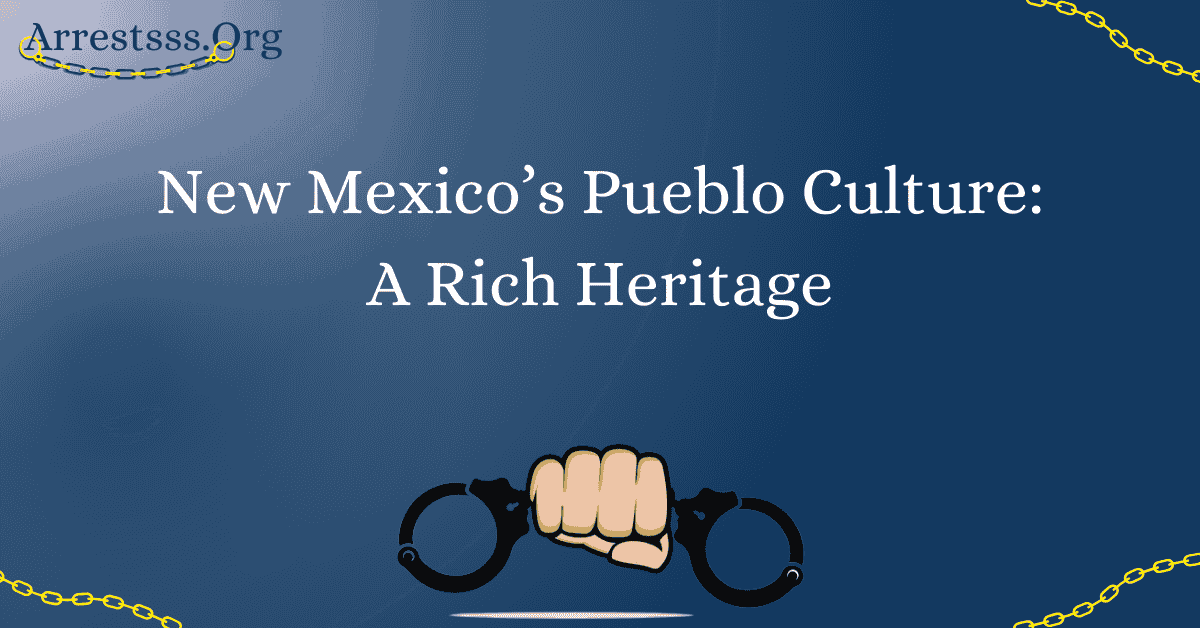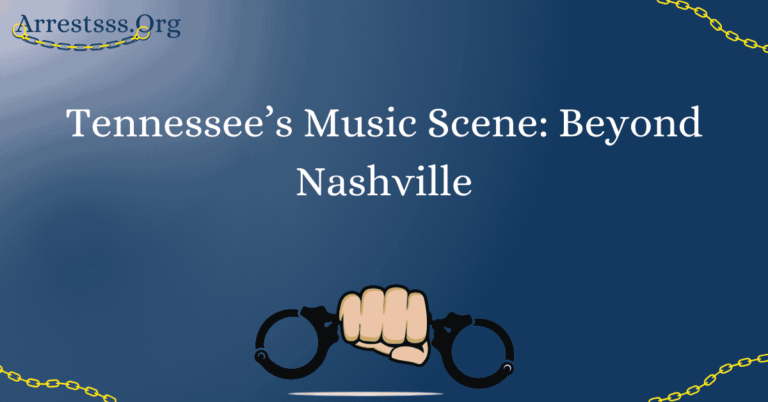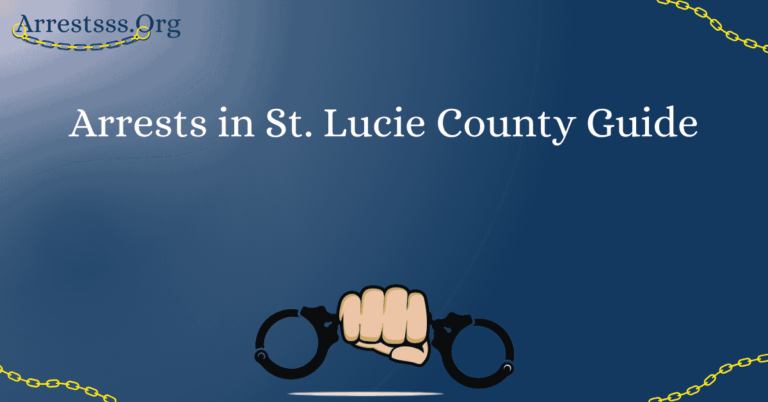New Mexico’s Pueblo Culture: A Rich Heritage

New Mexico is celebrated for its diverse cultural heritage, with a particularly captivating facet being the Native American Pueblos. These ancient communities have played a pivotal role in shaping the state’s identity, steeped in traditions and spirituality. In this article, we delve deep into the rich cultural tapestry of New Mexico’s Native American Pueblos, exploring their historical significance, customs, and enduring influence.
Unearthing the Past
A Historical Perspective The history of New Mexico’s Native American Pueblos is a captivating tapestry woven with threads of ancient civilizations, Spanish colonization, and the indomitable spirit of indigenous peoples. To truly appreciate their rich heritage, we must embark on a journey through time to understand the origins of these Pueblos and their evolution into the modern communities we recognize today.
The Ancestral Puebloans, also known as the Anasazi, are among the earliest known inhabitants of the region. Their legacy endures through intricate cliff dwellings, exquisite pottery, and mesmerizing petroglyphs that offer valuable glimpses into their daily lives and spiritual beliefs. Over time, these early communities would transform into the Pueblos that stand proudly today.
Sustaining Traditions
The Heart of Pueblo Culture At the very heart of Pueblo culture lies a profound reverence for the land, communal values, and spirituality. Pueblo communities are renowned for their distinctive adobe architecture, characterized by multi-story buildings adorned with intricate wooden beams, traditional kivas for sacred ceremonies, and vivid murals that grace their villages.
The preservation of ancestral languages stands as a testament to the enduring strength of Pueblo culture. Each Pueblo is a sovereign nation, possessing its distinct dialects, customs, and traditions. This diversity within the state creates a rich tapestry of heritage. Ceremonial dances, such as the captivating Pueblo dances and the revered Buffalo Dance, serve as vital conduits for passing down traditions from one generation to the next.
FAQ’s
What is the significance of adobe architecture in Pueblo communities?
Adobe architecture is central to Pueblo culture, reflecting their deep connection to the land and their history of sustainable construction with natural materials like mud and straw. It symbolizes their reverence for the environment.
How can visitors respectfully engage with Pueblo communities?
Visitors should always approach with respect and seek permission before entering Pueblo lands or attending cultural events. Engaging in guided tours, purchasing authentic handmade crafts, and attending public dances are excellent ways to support and learn about their culture.
What role do Pueblos play in contemporary New Mexico?
Pueblos continue to be essential contributors to New Mexico’s cultural, social, and economic fabric. They maintain their traditions while actively participating in modern life, including education, healthcare, and entrepreneurial ventures.
Are Pueblo languages endangered?
While some Pueblo languages face endangerment, concerted efforts are underway to revitalize and preserve them. Language immersion programs and cultural initiatives play a crucial role in keeping these languages alive.
Can tourists visit Pueblo communities year-round?
Most Pueblos welcome tourists, but it’s advisable to check individual Pueblo websites or contact their visitor centers for information regarding visitation policies and any seasonal closures that may affect access. Certain ceremonies may limit access during specific times.
How can I support Pueblo communities?
Supporting Pueblo communities can be done by purchasing authentic crafts, actively participating in cultural events, and respecting their customs and traditions. Additionally, contributing to tribal organizations and educational initiatives can make a positive impact on these vibrant communities.






